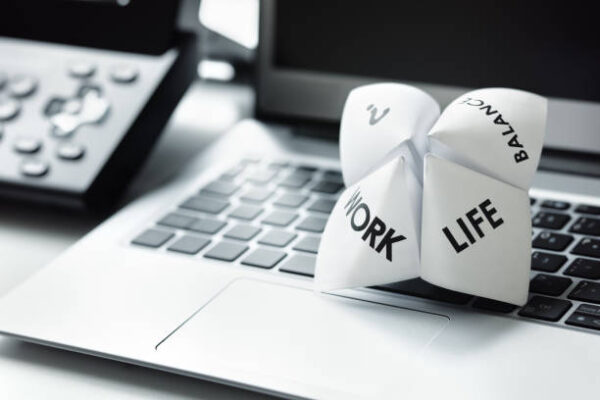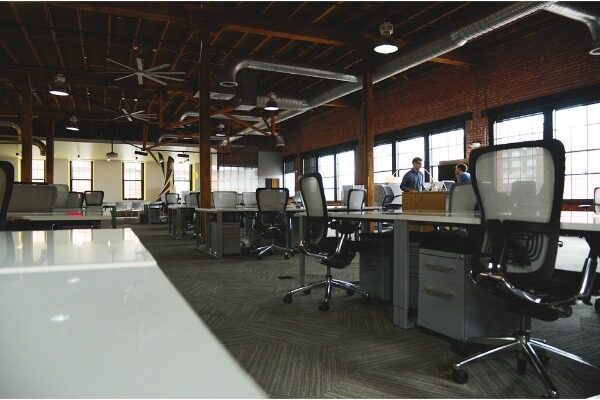Due to the advantages of flexible seating, the idea of free addressing is flourishing in offices. Businesses are learning that when given the option to select their own seat and work independently, employees respond favorably. They accomplish more, work more effectively, and cooperate with peers more effectively. Additionally, the advantages continue. Flexible seating has advantages for the workplace atmosphere as well as for the bottom line.
Is adjustable seating a good idea? It may depend on how your free addressing system is set up, but it’s difficult to deny the many advantages that come with the rise of flexible workspaces and agile workplaces. The 11 advantages of flexible seating are examined here, along with arguments for why switching to free addressing would be a good idea rather than your current floor plan.
What is Flexible Seating?
Your staff members can select where and how they work thanks to the practice of flexible seating. It encourages employees to move around the office instead of spending the entire workday shackled to a desk, challenging the norm. Creatively designed flexible seating encourages workers to stand up and move around the office. You can move between desks, conference rooms, quiet rooms, and breakout areas instead of remaining seated.
Not just desks and office chairs can be made flexible. There are many different types of seating available, such as benches, sofas, armchairs, swing seats, and cushions. However, having flexible seating in your office doesn’t just have to look good; it also needs to be functional. By disrupting your team’s workflow, adding seating where it isn’t necessary can cause more harm than good. Creative seating must be used to better serve the needs of individual teams and departments. Your staff will have access to the proper tools to enhance their work and communication in each office seating area that serves a close-by purpose.
How Does Flexible Seating Work?
Hot desking is not the only use for the term “flexible seating.” While hot desking is excellent for companies that value employee interaction and networking, it is not without drawbacks. Hot desking can give employees the impression that they have no home base. Without a designated desk, it’s challenging to unwind throughout the day if you don’t have a regular workstation for all of your possessions. The addition of more workstations is made possible by flexible seating. Your employees maintain their assigned desks but have the freedom to work how and where they choose in the flexible spaces.
Benefits of Flexible Seating
Space Optimization.
Especially in light of COVID-19 and the restrictions on occupancy, it’s critical for businesses to maximize their real estate ROI. For better use of the space available, flexible seating transforms static desks into dynamic workspaces. More importantly, flexible seating makes it possible for a single area to serve several functions, improving the accommodation of workers and tasks.
Social Distancing.
Distance is a byproduct of flexibility. Employees can move between areas as needed without obstructing their coworkers’ personal space or taking up too much space in one workspace. As workers enter and exit individual workspaces, there are opportunities to rebalance capacity throughout the workplace.
Change of Scenery.
Productivity suffers from monotony. The freedom to choose their desk arrangement for the day allows workers to avoid the tedium that can result from having the same seat each day. A different perspective might create a new attitude that encourages positivity, which then improves morale and productivity.
Workplace Agility.
Flex spaces are associated with agility and adaptability, both of which are essential in today’s fast-paced workplaces. Real-time employee demands, such as those for a specific type of workstation or the urgent need for multiple employees to relocate, can be met by the physical workplace thanks to flexible seating.

Power of Choice.
Allowing workers to select their own workspaces or seats is a straightforward act of empowerment and trust. The power of choice gives employees this fundamental control, which they value in the ability to self-govern. It’s an easy way to increase productivity.
Enhance Comfort.
The freedom to select where and how they work allows many employees to enter their comfort zone than forcing them to work outside of it. When they are not compelled to adopt a particular work style, they will naturally gravitate toward it. Both employees and employers profit from the outcomes.
Improve Collaboration.
In a free-assigned concept, social work environments are more obvious. When there is nothing tying employees to a particular desk or seating area, they are freer to collaborate on projects or just enjoy the camaraderie.
Foster Teams.
Teams are more productive in collaborative settings than they have designed themselves, which also increases their sense of unity. Flexible seating enables teams to quickly adapt to changing work demands, enhancing everyone’s capacity to make valuable contributions.
Reduce Costs.
There are overall cost savings to take into account with flexible seating, whether they come from reducing the size of the workspace as a whole or from maximizing the use of already-existing space. In order to determine whether a free assignment or agile concept offers opportunities for cost-shrinking, cost-conscious businesses should assess new workplace occupancy limits as well as the demands of their workforce.
Spatial Benefits.
Does it feel crowded in your office? Traditional desking can still feel awkward and burdensome even though we’ve (hopefully) moved away from cubicle farms and other close-quarters workplace designs. Flexible environments need to stay agile, which equates to a streamlined, minimalistic design that gives workplaces a certain amount of breathing room.
Boost Autonomy.
Employees can move around the entire workplace more freely when they aren’t tied to a desk. This leads to better use of all facility amenities as well as improved knowledge of how to conduct oneself at work. A more self-assured and effective workforce results from employees who are more at ease.
Close Note: More Effective & Productive
Your workforce will benefit greatly from flexible seating. Employee satisfaction will increase if employers build modern workplaces that cater to the 21st-century needs of employees. You’ll be more effective and productive if you have the freedom to work how and where you want. Your workforce will experience an improvement in mental and physical well-being thanks to flexible seating, which gives people the freedom to move to a more comfortable location to unwind or concentrate.





